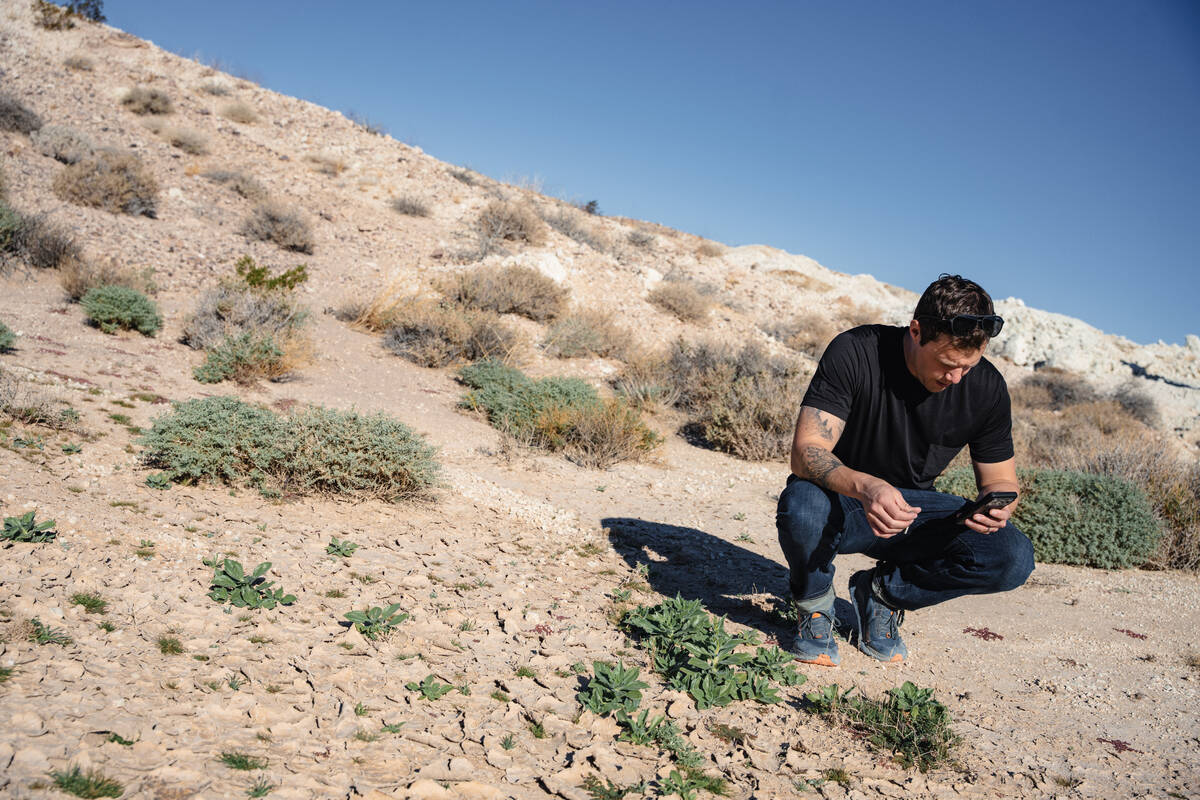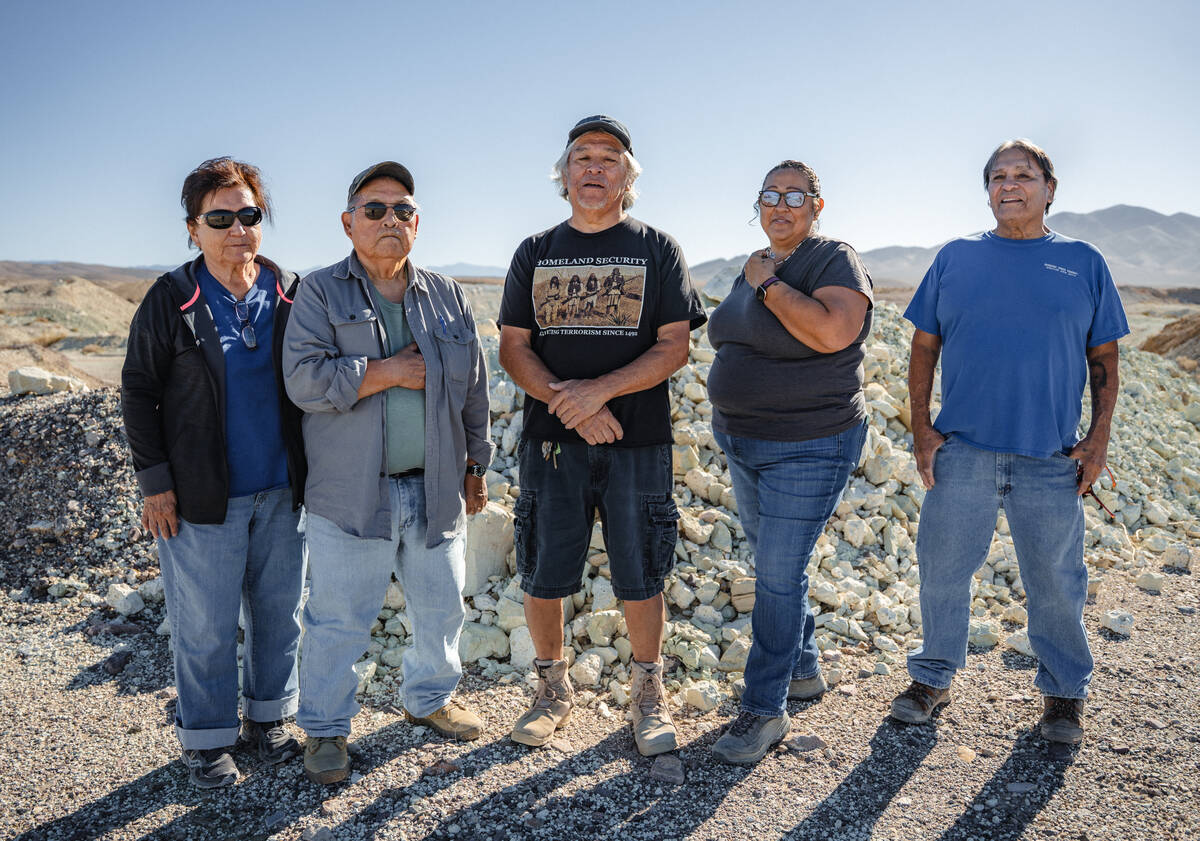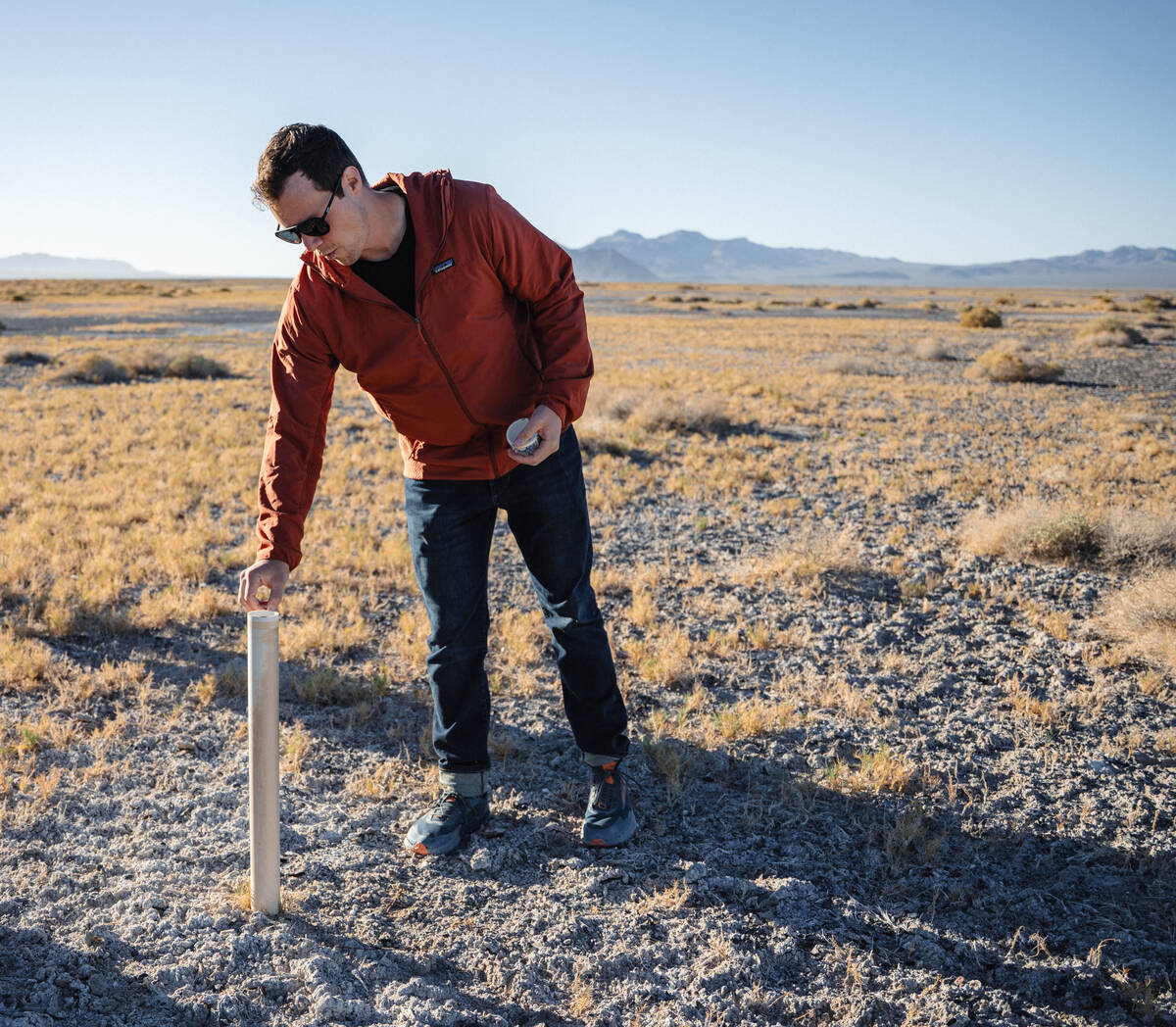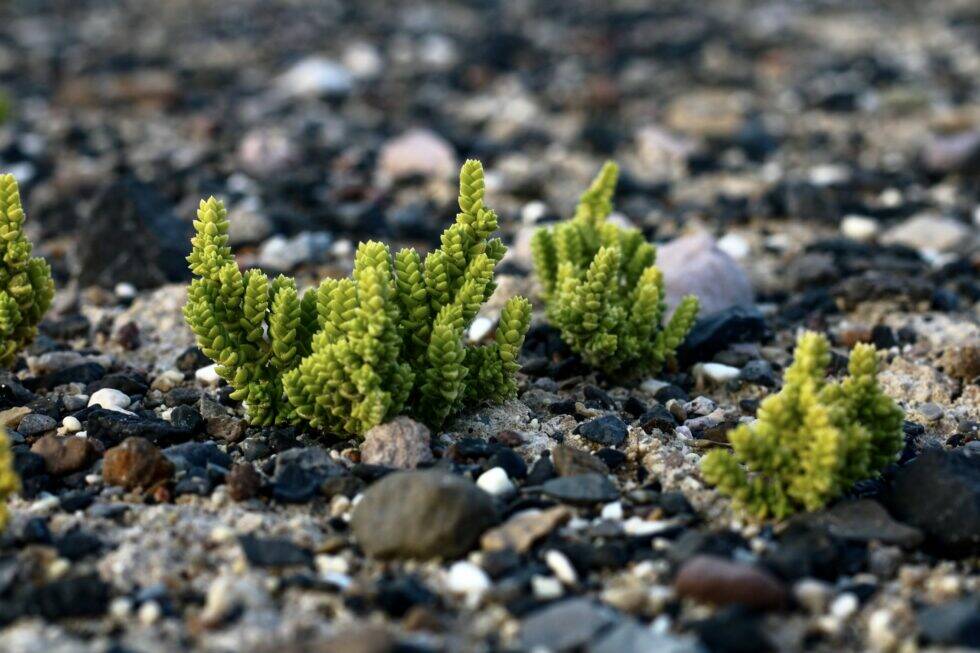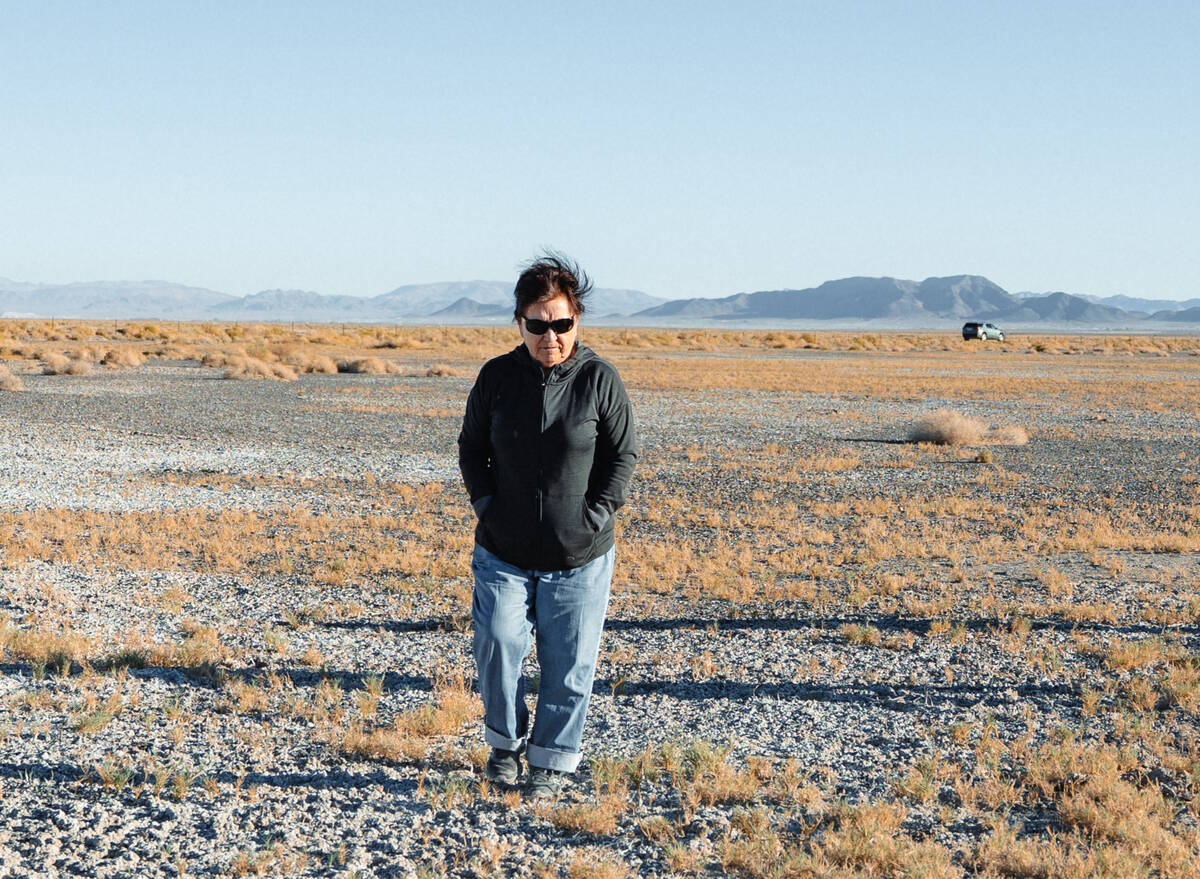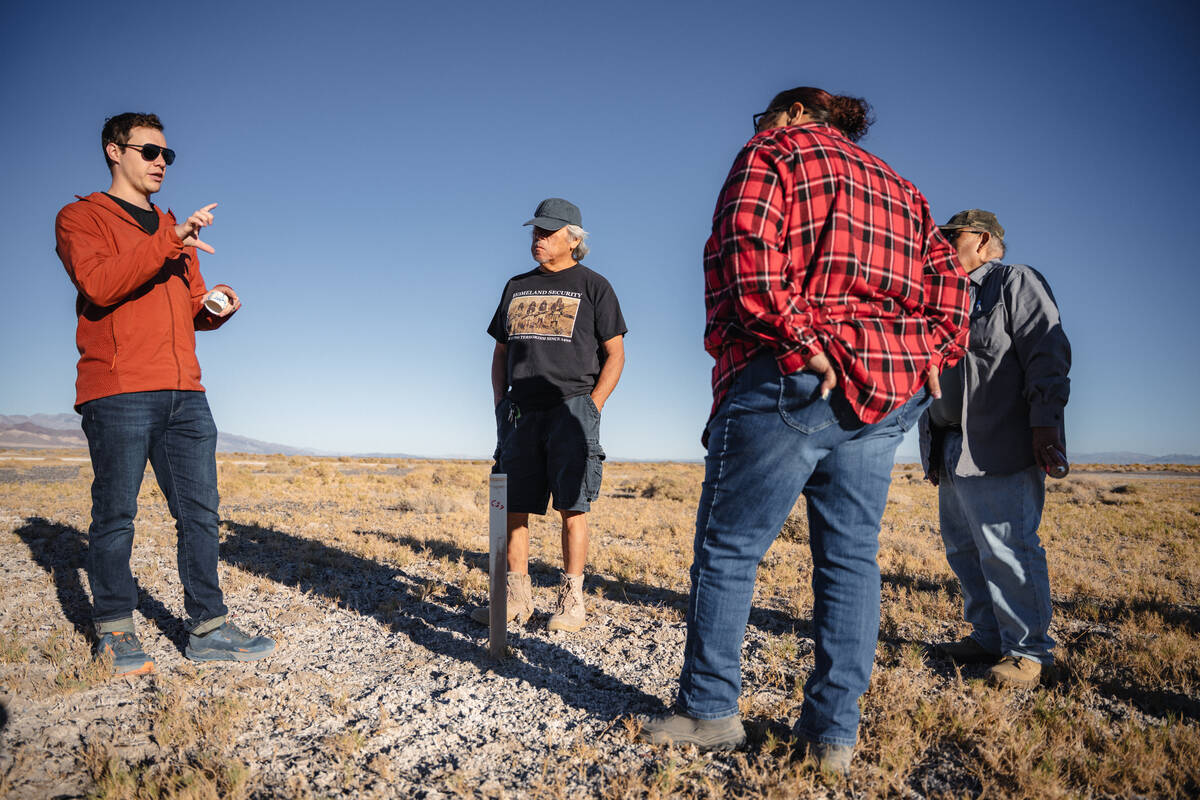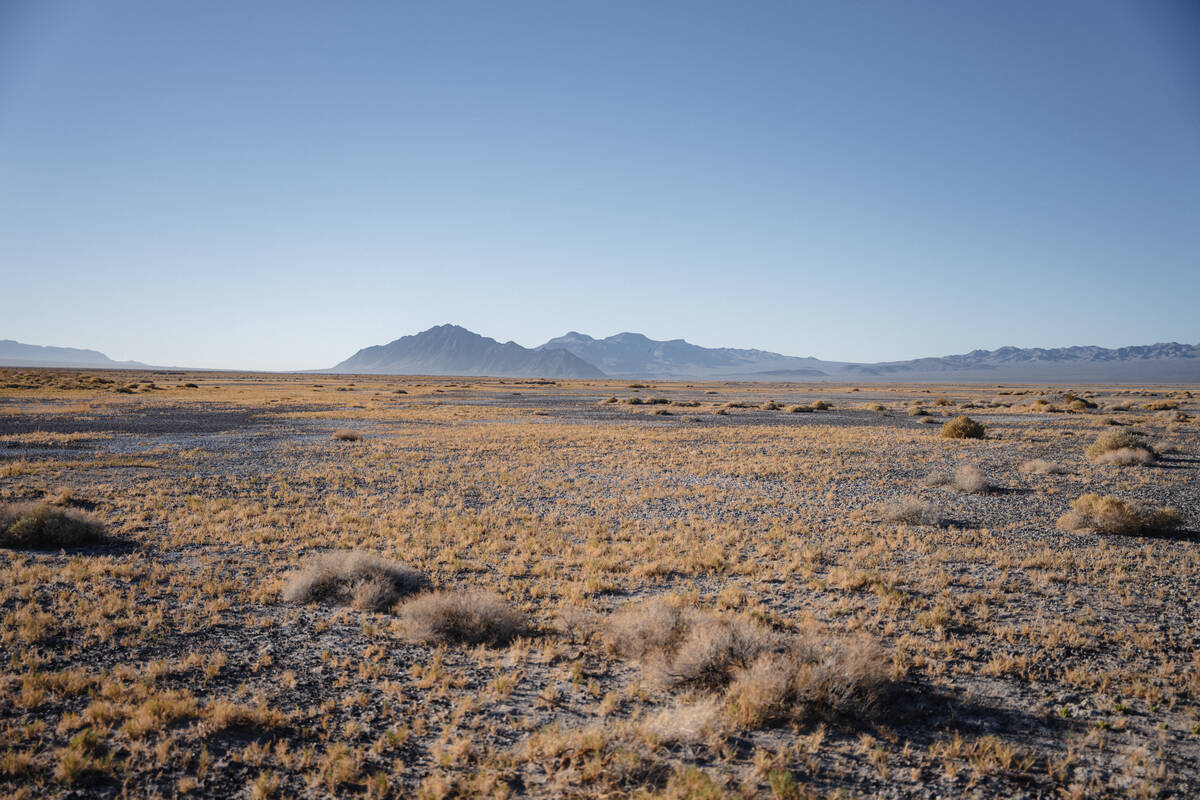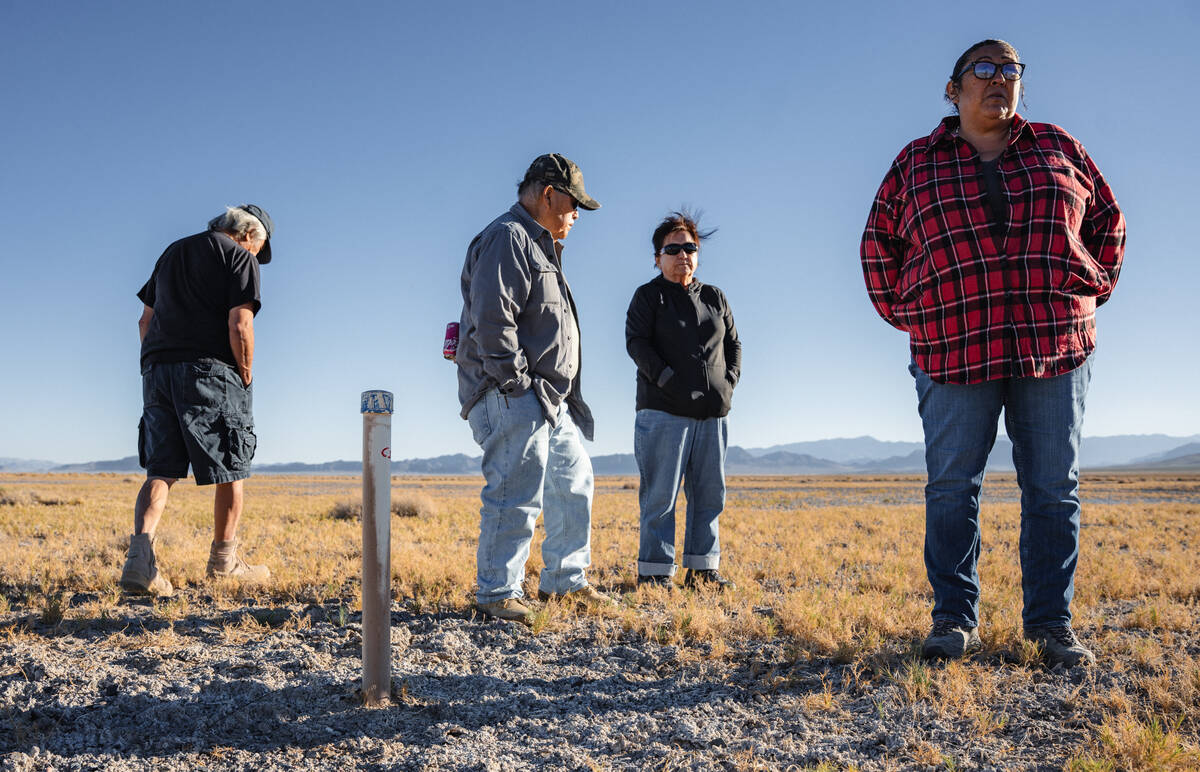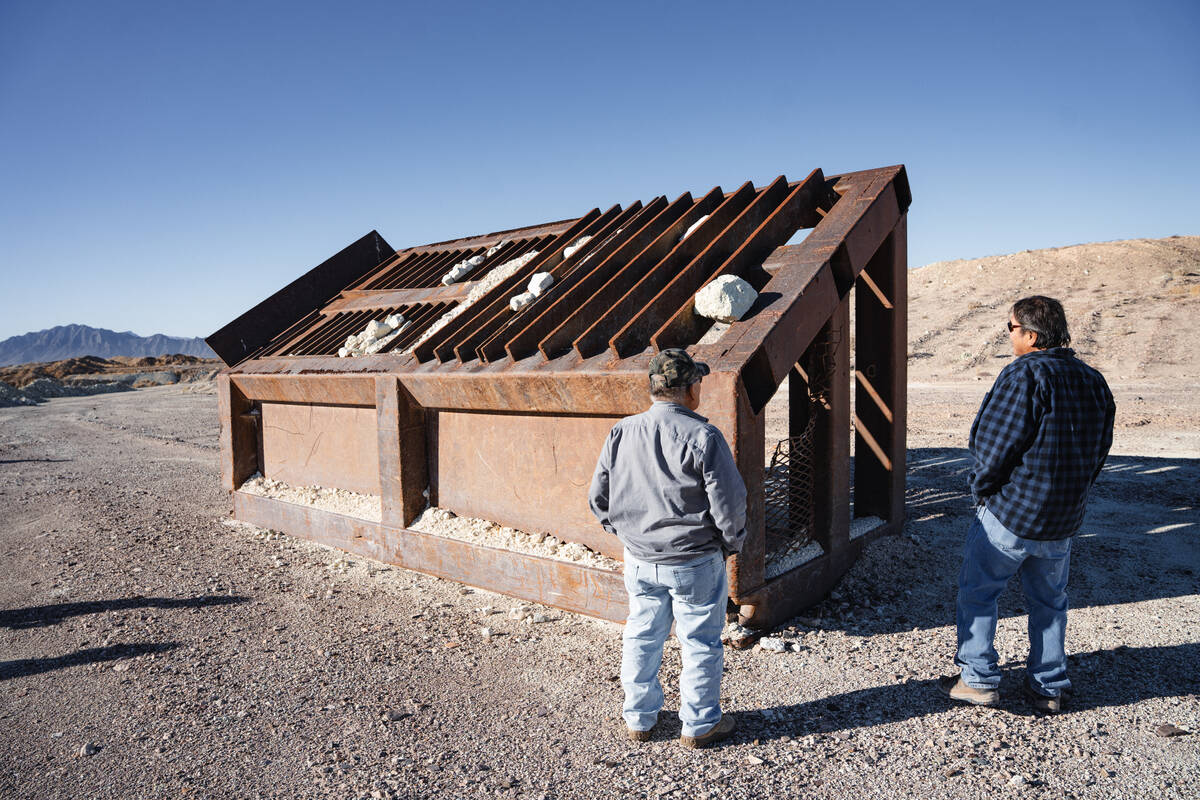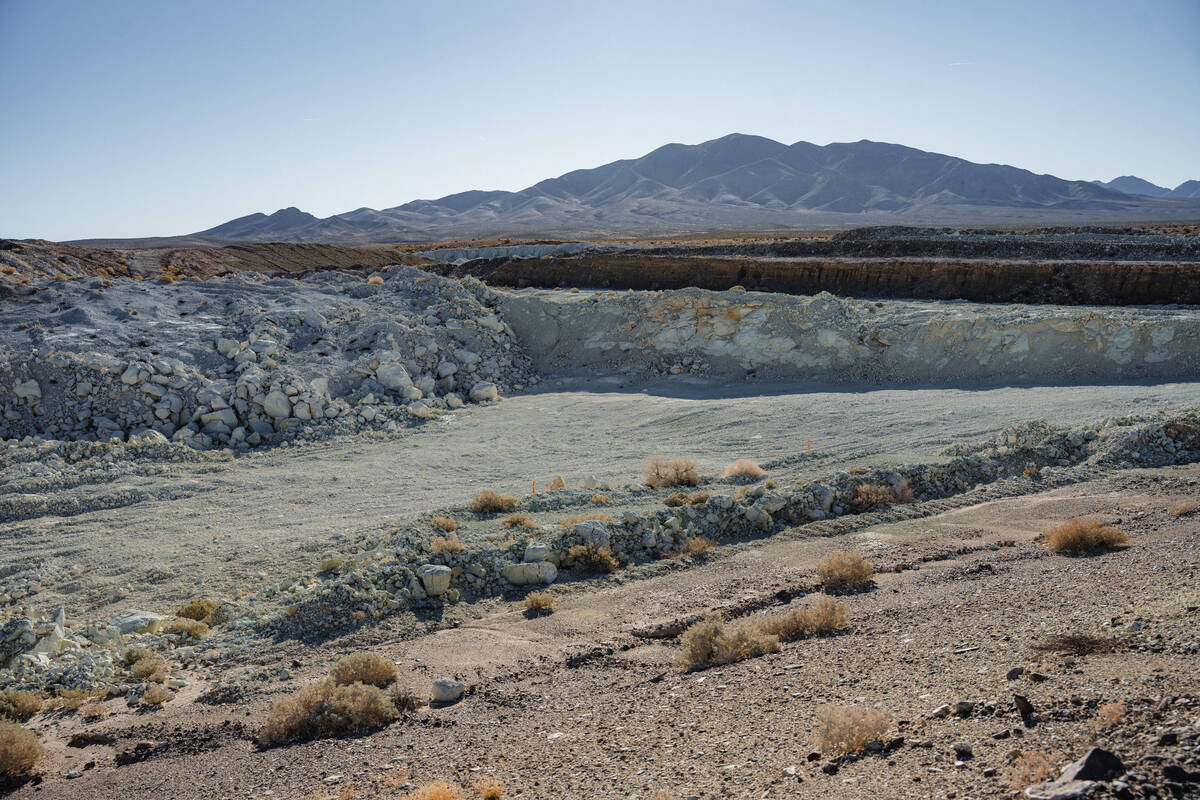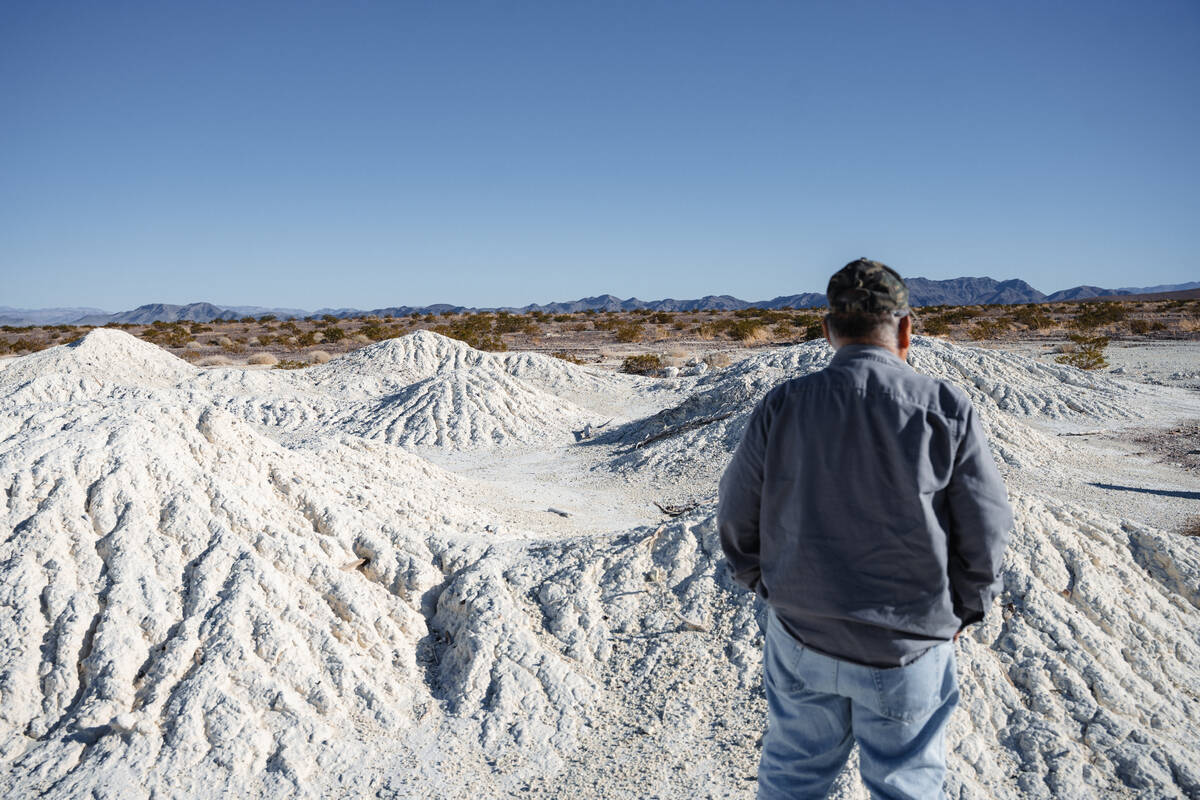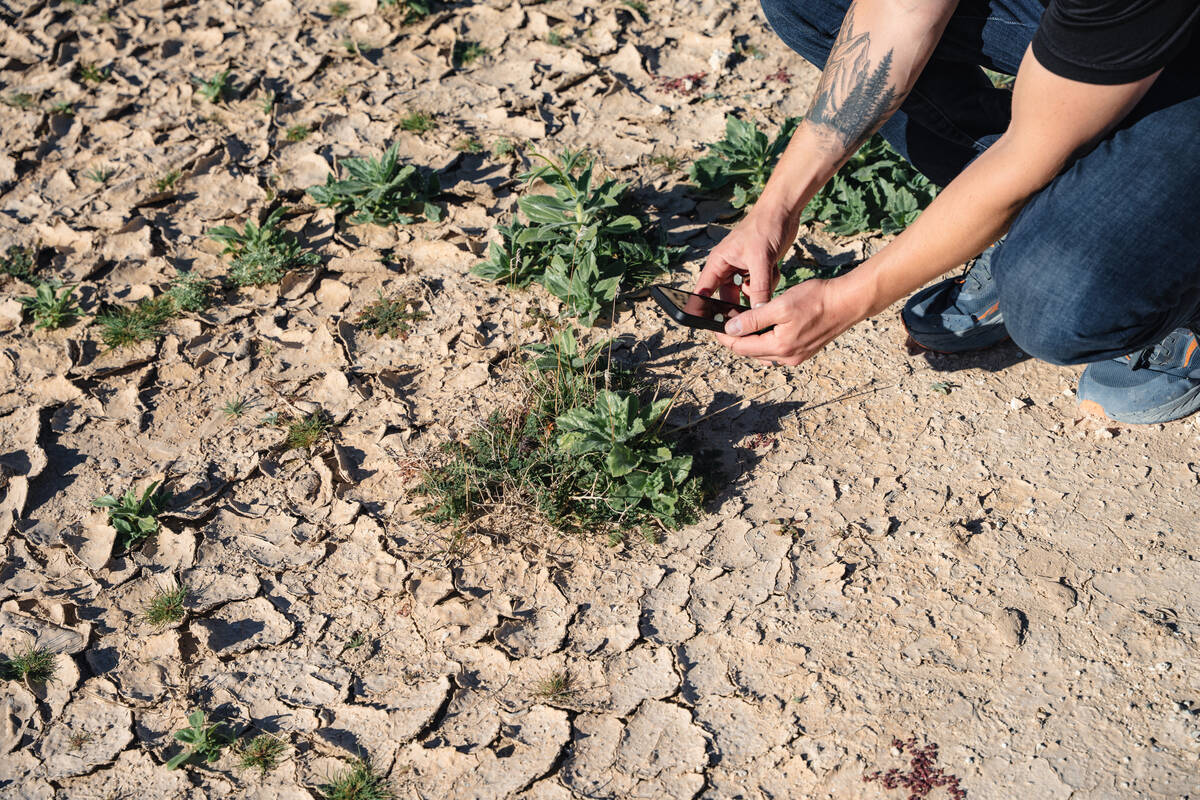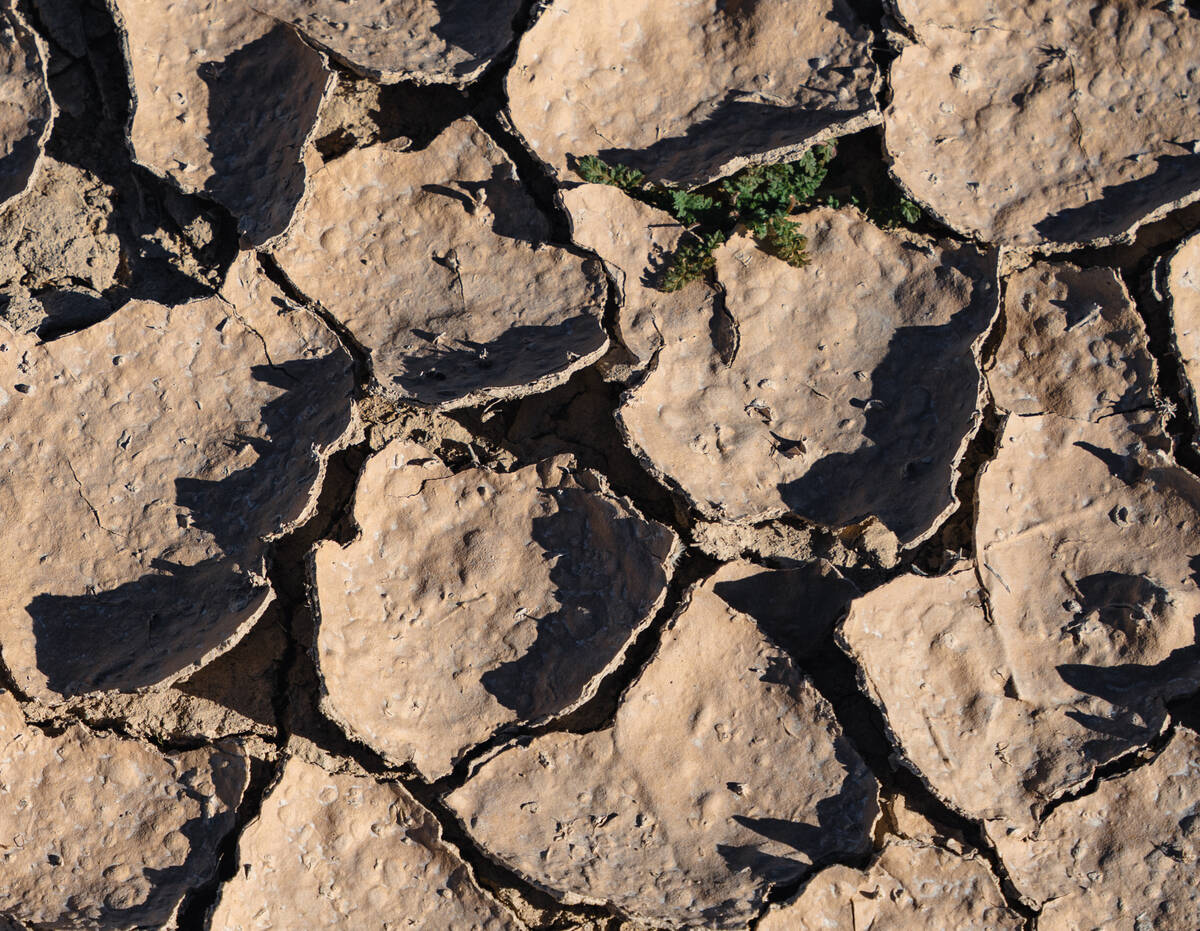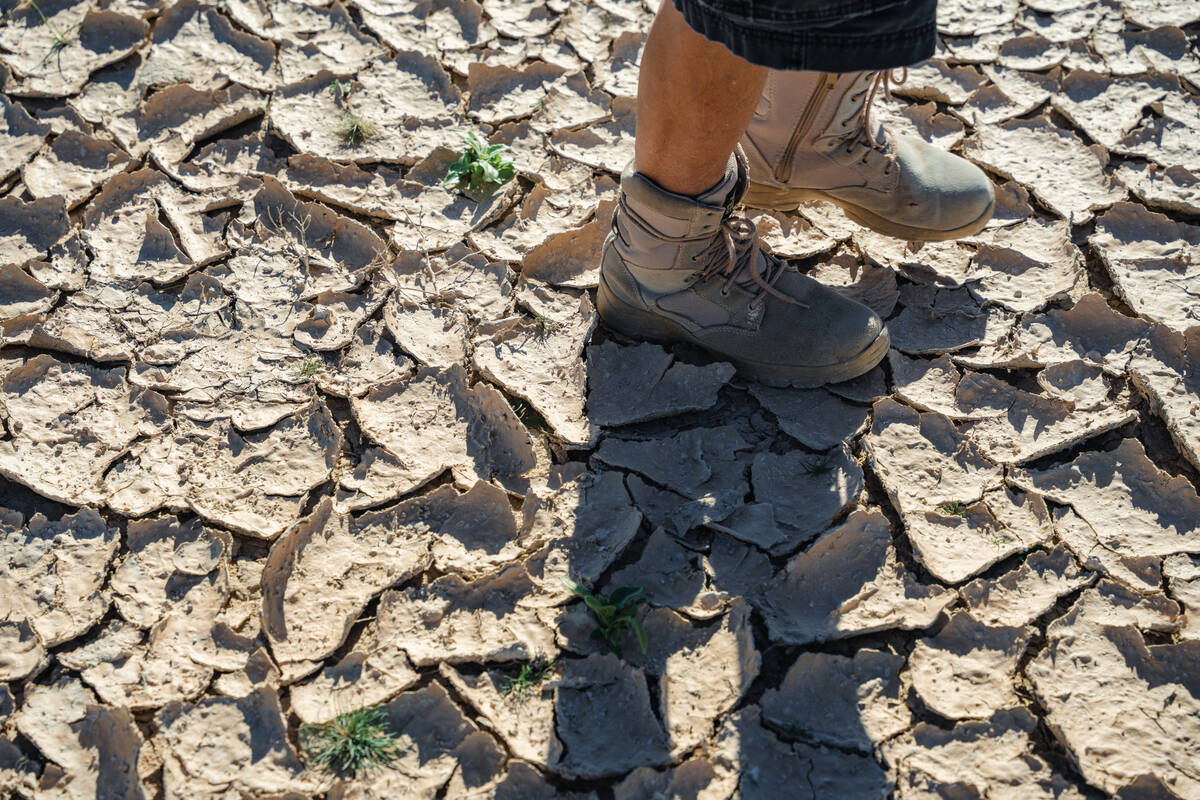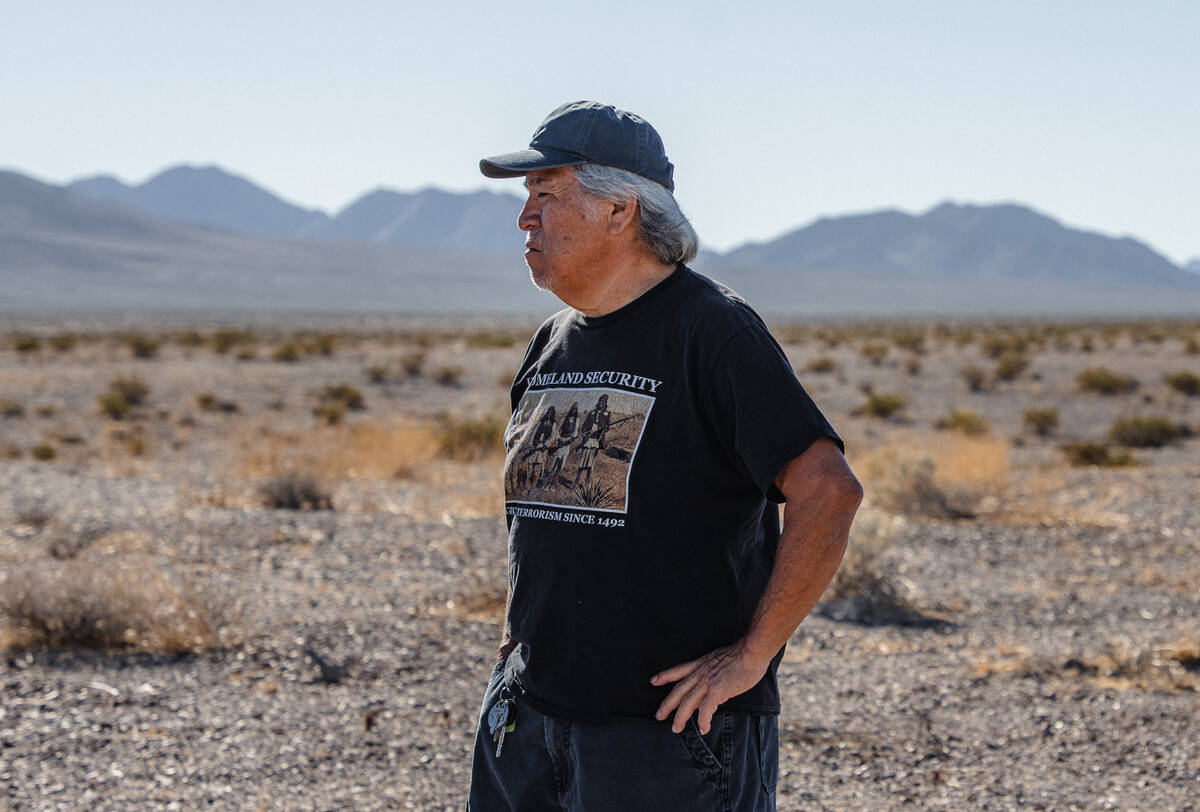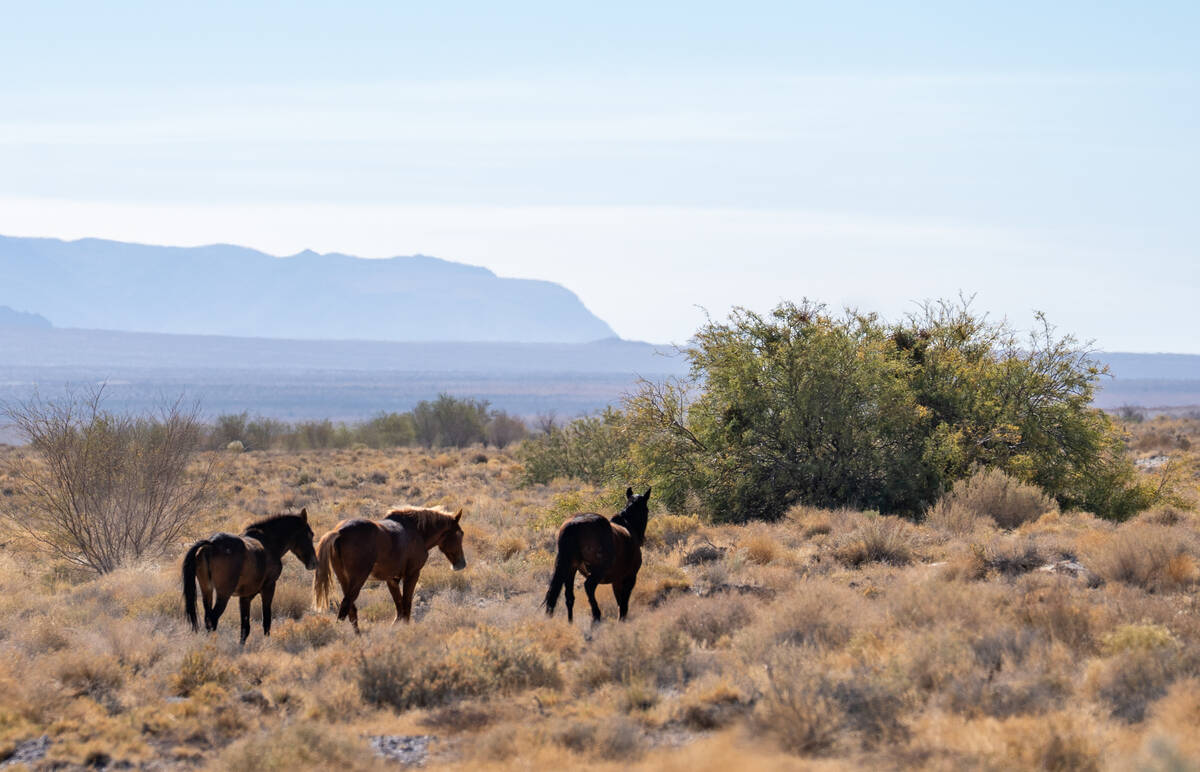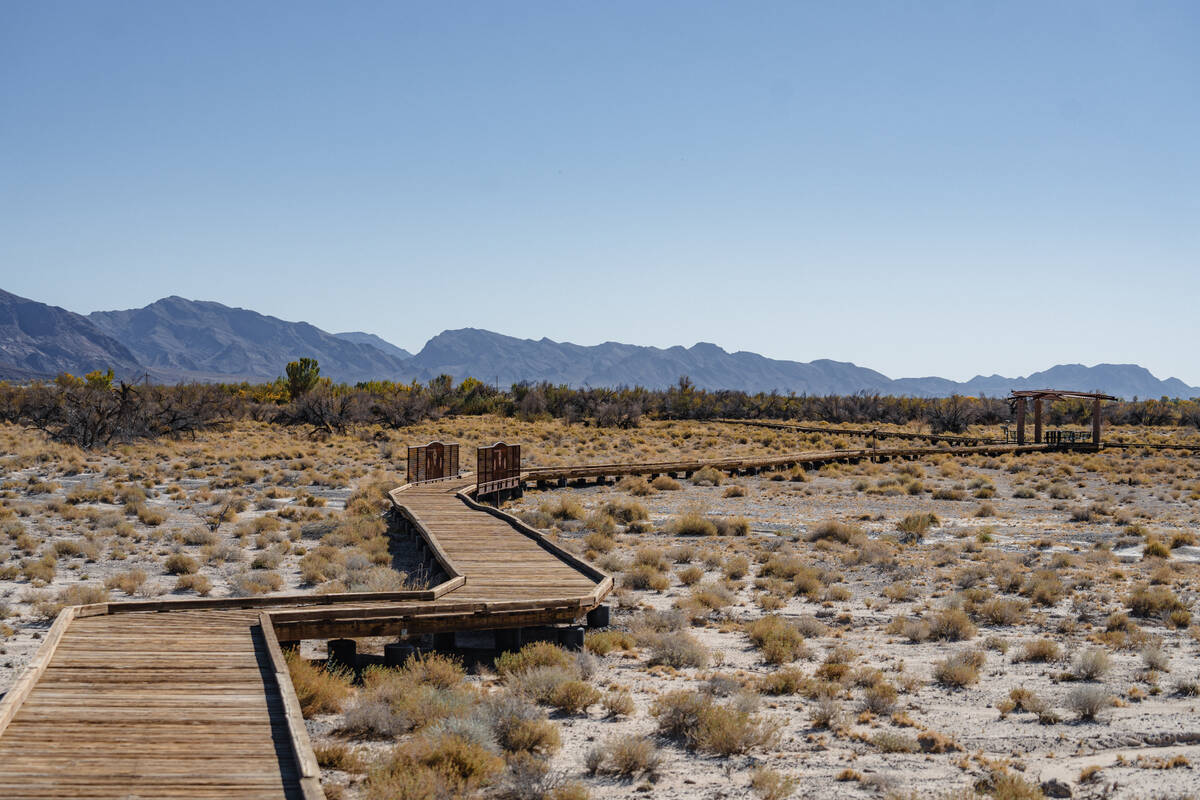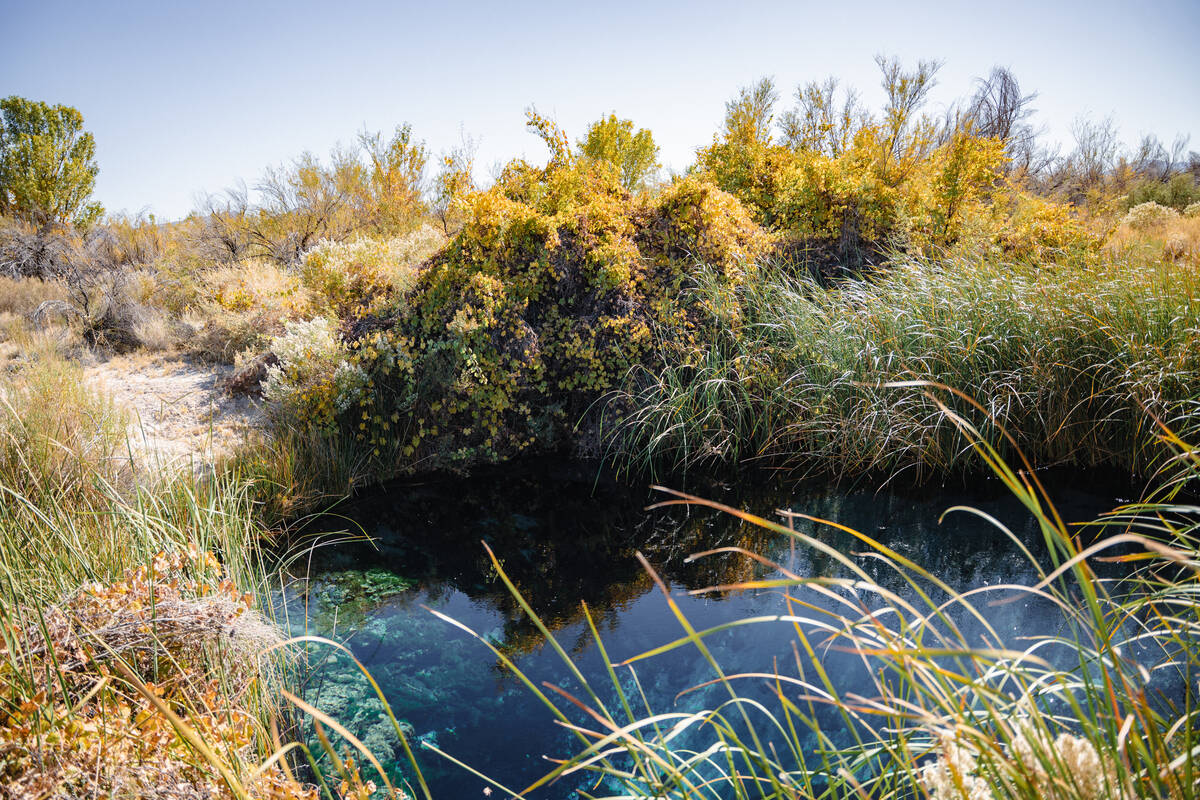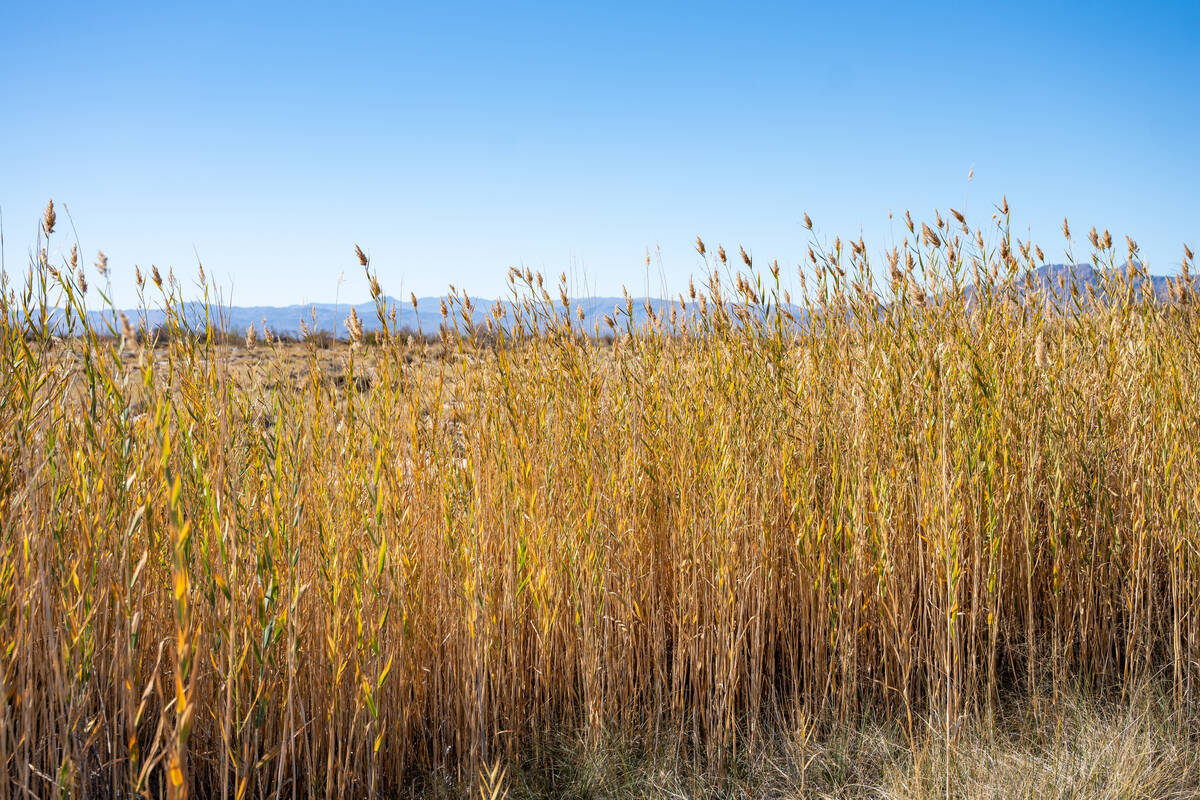‘You can’t drink money’: Mine drilling near Death Valley stokes groundwater fears
DEATH VALLEY JUNCTION, Calif. — Little-understood groundwater flows and mining in this desert region don’t mix — a complexity some feel is lost on a federal administration focused on “energy dominance” at all costs.
That’s at least according to a somewhat unlikely coalition of environmentalists, Republican-leaning local governments and a tribe that are raising concerns about a new attempt to drill for minerals near a protected wildlife refuge.
“You can’t drink money,” said Ken Watterson, a 64-year-old elder of the Timbisha Shoshone Tribe.
He’s one of a few dozen of the tribe’s members who live on reservation lands in the world’s hottest place, Death Valley National Park, about 120 miles west of Las Vegas.
At issue with some community and tribal members as of late is the Bureau of Land Management’s approval to drill 43 exploratory drill holes adjacent to St. Cloud Mining’s clinoptilolite mine that first gained federal permits in 1987. The mining company didn’t respond to requests for comment.
Clinoptilolite, according to the mining company’s website, has wide applications from being an animal feed supplement to neutralizing liquid nuclear reactor waste to filtering water.
Watterson, wearing a T-shirt with a photo of Native Americans that read “Homeland Security: Fighting Terrorism Since 1492,” was one of four elders whom tribal historic preservation officer Mandi Campbell led out to the mine site on Wednesday.
All agreed they were disappointed to hear of yet another mining project that could threaten the bi-state Amargosa River watershed, which stretches from Beatty, Nevada, into the national park. Campbell said even though the company is clear to drill, the tribe has not received any sort of letter or consultation effort from the BLM or the mining company on the exploration or any related expansion.
“They already killed the aquifer that was underneath this little area,” Campbell said, referring to the torn-up mounds of the mine that are juxtaposed with untouched desert. “That’s all they’re looking for: ‘Where’s the water?’ They’ve done killed everything right here, so they’re going to kill the next.”
Notice of intent to sue filed
Two environmental watchdog nonprofits, the Amargosa Conservancy and the Center for Biological Diversity, signed on in October to a notice of intent to sue the BLM over its approval. It’s unclear if a lawsuit will follow.
The groups argue that the agency violated the federal Endangered Species Act by failing to consult with the U.S. Fish and Wildlife Service over impacts to three protected plants near the St. Cloud mine. For instance, the mine and new drilling spot is adjacent to the salt flat known as Carson Slough, the main habitat for the endangered Amargosa niterwort.
The Amargosa River watershed includes the highly sensitive Ash Meadows Wildlife Refuge — home to the Devils Hole pupfish, a rare fish species that many in the area credit with stifling development following its endangered listing and a 1976 U.S. Supreme Court case.
In October, the Nye County Commission, as well as the towns of Beatty and Amargosa Valley, submitted letters to the BLM expressing concerns for water.
Megan Labadie, the county’s natural resources director, said commissioners continue to be deeply concerned about thousands of rural groundwater well users — some of whom are already facing tall bills to drill their wells deeper to meet a declining water table. California’s BLM office did not contact or consult with Nye County officials ahead of issuing permits for the new drilling, she said.
“All we really want is a little bit of cooperation and collaboration on this side,” Labadie said in a Thursday interview.
In an email Thursday, the Interior Department, the BLM’s parent agency, declined to comment on the lawsuit notice or any of the community’s concerns regarding water, endangered species or tribal consultation.
Naomi Fraga, director of conservation at the California Botanic Garden and a botany professor at Claremont Graduate University, has spent more than a decade surveying the Amargosa niterwort.
The plant thrives in the heat of the summer, producing its light pink flowers in July.
“There aren’t necessarily robust protections on the water, which is that critical piece that ensures their survival,” Fraga said in an October interview. “You can have all the land protection you want, but if you don’t have the water, you don’t have the ecosystem.”
No easy solutions
The shallow groundwater of Carson Slough has been heavily monitored each month since 2011 by the Amargosa Conservancy through wells, said Mason Voehl, the group’s executive director. So far, the group hasn’t observed any significant changes.
The water that fuels the Amargosa River is long thought to primarily originate as snow in the Spring Mountains outside of Las Vegas, better known to Southern Nevadans as Mount Charleston. The network of aquifers are complex, however, and snowmelt can take thousands of years to flow down the river.
Even the BLM’s own hydrologists have disagreed on whether there’s enough evidence to say the drilling would negatively affect the water flows, Voehl said on Wednesday.
“We have really good hydrological data for parts of the watershed,” Voehl said. “In this one, there are still black holes that need to be filled in.”
Voehl’s organization has worked for decades on land and water protection efforts for the watershed.
In 2009, the California side of the river was granted a “Wild and Scenic River” designation, which means that the federal government now has what’s known as “federal reserved water rights.” Those rights trump those granted by the state and can be asserted to protect water levels.
Decades in the making is a larger push for a national monument designation that straddles the state border, which would largely rule it out for mining projects and development. Only an act of Congress or of the president can create one — something that’s remained unpopular among Republicans who have aimed to undermine the 1906 law that creates such a power.
“We could be waiting a generation for that,” Voehl said. “For now, we’re forced to do it in pieces.”
The mine exploration approval also comes after mass community pushback against lithium exploration near Amargosa Valley, another small Nevada town in the watershed. Following the insistence of the same coalition, the BLM began a public input process for a 20-year pause on new mining claims near Ash Meadows.
That’s another unlikely bet under the Trump administration, Voehl predicts.
But grassroots pressure seems to work. That company, Rover Critical Minerals, recently changed its name to Stockworks Gold, focused on gold mines in Brazil and Canada.
Executives scrubbed any trace of the Nevada lithium project from its website.
Contact Alan Halaly at ahalaly@reviewjournal.com. Follow @AlanHalaly on X.



